Here are the sketchnotes I made during DEWT3. Click the images to view them full size.
Month: April 2013
What Testers Can Learn From Social Sciences
This is the video of my talk at TestBash 2.0 in Brighton March 2013.
TestBash 2.0 – What Testers Can Learn From Social Sciences – Huib Schoots from Software Testing Club on Vimeo.
What can testing learn from social science?
Why is this important to testers? My conclusion is that testing and the social sciences are very much interconnected and there are many lessons that we could learn from this area. We should see what we can apply to our daily testing jobs. We should be more aware of what we do in testing: for example social research, making observations, doing critical thinking and most importantly continuing to learn. We should start learning from what people have done and are still doing in the social sciences. Testers should not only focus on quantitative analysis like bug counts or test case pass or fail, but also do qualitative research. Test reports should be stories about the product and the testing we did (see Michael Bolton’s article on test reporting and the telling of the story). We should use the numbers to support or backup our story. I often see it the wrong way around: lots of tables full of counts that do not tell us anything without the context. Managers do tend to draw their own conclusions and make decisions based upon this data, if we do not help them by telling the story. Again, testing is about collecting information for people who matter to enable them to make informed decisions.
Coverage?
If a manager comes up to you and asks you:
“So what is the coverage?”
or
“How many test cases do you have?“
What do you say? It is really hard to talk to managers who are obsessed by numbers and think that testing is about the number of test cases, right and wrong, green and red.
Consider this next time you talk to them. Make a simple calculation of all the possible tests you could do for the project you are working on regardless of how simple or complex it is. Think of all the possible combination both positive and negative.
What number have you ended up with?
- 1 thousand?
- 1 million?
- 1 billion?
- More?
The number of possible things that you can test are endless, exhaustive testing is futile. Even a simple requirement has infinite possibilities to test.
So what is the coverage if we do 1,000,000 test cases?
- Coverage: 1,000,000 divided by infinite is very close to zero!
- Coverage: 10,000.000 divided by infinite is still very close to zero!
So no matter how many test cases you have the coverage of all possible test cases you could have done is close to zero. This is why risk, priority and making choices become important for testing but that is a different topic.
Be a scientist
Science is important. It gave us critical thinking and that helps us proving the theories we have about the product. Try to prove yourself wrong instead of proving yourself right.
Ask critical questions:
- Could it be something else?
- Is this what I expected?
- What did I do differently?
- What else can I do?
- How can I explain what I did?
While testing we should practice critical thinking: question things we encounter, make sure that what we see, is true (or not). While thinking we should be aware of fast conclusions, biases and fallacies. We often do it the wrong way around. If we focus too much on the numbers and the averages we miss the outliers: the unique random events that can do the most damage.
Qualitative research
The grounded theory method is a research method that operates almost in a reverse fashion from traditional social science research. You start with a view, theory or expectation before you start. However as you gather more data when testing, your theory/expectation becomes more ‘grounded’ upon the information you uncover or discover. Basically as you experience and gather more and more data you change your perspective and viewpoint. This is what social scientist do when they go and live with social groups. They have something they want to find out – an assumption or otherwise – and find out if it is right or not by taking part (compare missions in Exploratory testing).
In qualitative research done by anthropologists for example the context of the research is very important. Here they accept and deal with ambiguity, situational specific results and partial answers. Qualitative data deals with meanings. Use it when you want to understand the underlying thoughts and intentions.
Observation
Testers should not observe from the side-line. We should act like anthropologists do: become part of the group you are observing. Let me give you an example from my own experience.
A couple of years ago I worked as a test coordinator for a Media Company selling newspapers and magazines. We were implementing a new CRM system and my assignment was to organize the user acceptance testing. For some days I worked with the people selling the newspapers to learn how they were selling subscriptions and while doing that I learned what was important to them. First I was observing, but after a day I was selling newspapers myself and really learned how the users were working and what it took to make the department successful. We had requirements and designs, but the stuff I found out on processes and user sentiments was also very valuable to do testing. There were important steps not documented. I saw the people use the software in ways I didn’t expect and that wasn’t written down anywhere. I asked them what they did and why and they answered me “that is normally how we do this”. I learned that these people took short cuts to do their work. The team who were designing and building the software had no idea what I was talking about when I told them about my observations.
Humans will always take the shortest quickest route and the one that requires the least amount of thinking. This made clear how important it is to find out what people are thinking. And more important: the reasoning why they do the things they do. The product is a solution. If the problem isn’t solved, the product doesn’t work (5th basic principle of context-driven testing).
Now I know it is called qualitative research and I think every team developing software should do something similar. Try to really understand the users and the environment in which the product will be used. IT is often way to focussed on technical stuff. Testers go out there and meet the people who are using the product. Be part of their world for a while and start asking those critical questions.
Humans
Software is build by humans for humans. Social science is about people. Software should solve problems and help humans. To really solve a problem, we need to know more about how the users work, what they think, how they feel, their emptions, their desires. Too often I hear development teams say things like: “The user should not do that”. Or the all time classic: “no real user would ever do that!”. IT is way too technical focussed.
Read John’s blog titled “The Human Element”. It is an awesome story about his wife, a nurse, who explains why the human element is very important in her work. You see the parallel with our work?
Now it is your turn!?
Use the reading list to learn more about what social sciences, biases and other relevant topics. I am curious and I want to learn from you too. So please share your thoughts and experiences with social science.
“Great software is not produced or tested in factories, but in studios
and rehearsal halls.” (Michael Bolton)
I owe John Stevenson and Michael Bolton many thanks for their inspiration, great discussions and reviewing these blogs.
Reading List
- Thinking fast & slow – Daniel Kahneman
- You’re not so smart – David McRaney
- The invisible Gorilla – Christopher Chabris & Daniel Simons
- Qualitative Data Analysis: a user-friendly guide for social scientists – Ian Dey
- Critical Thinking: a user’s manual – Debra Jackson & Paul Newberry
- Thinking in systems: a primer – Donella Meadows
- Are testers ethnographic researchers? – John Stevenson
- What You Believe Might Not Be True (Part 1) – John Stevenson
- Danger: confirmation bias – John Stevenson
- Combining Qualitative & Quantitative Research – Laura Klein
- Research Methods: Participant observation
- Qualitative Evaluation checklist – Michael Quinn Patton
- Critical & creative thinking
- Software Testing a Social Science – Cem Kaner
- Testing Through The Qualitative Lens – Michael Bolton
- Curing Our Binary Disease – Rikard Edgren
- But how many test cases? – James Christie
- Reponse to How many test cases by James Christie – John Stevenson
- The human element – John Stevenson
- What we can learn from Russel L. Ackhoff – Aleksis Tulonen
- Predictably Irrational: The Hidden Forces that Shape Our Decisions – Dan Ariel
- The Upside of Irrationality: The Unexpected Benefits of Defying Logic at Work and at Home – Dan Ariel
Social science: three presentations
Social science is about society, human nature and human interaction. It is an umbrella term to refer to sciences like anthropology, economics, education, linguistics, communication studies, sociology and psychology.
Anthropology teaches us about how people life, interact and something about culture. Education and didactic helps acquire new or modifying existing knowledge, behaviours, skills, values, or preferences. It helps us understand how we learn and how we can teach others. Sociology teaches us empirical investigation and critical analysis and gives insight in human social activity. Psychology is the study of the mind and behaviour and helps testers understand individuals and groups. Now how is this useful in testing? I’ll try to answer that question later. Let me first tell you about three awesome presentations on the subject of social science and testing.
Testing as a social science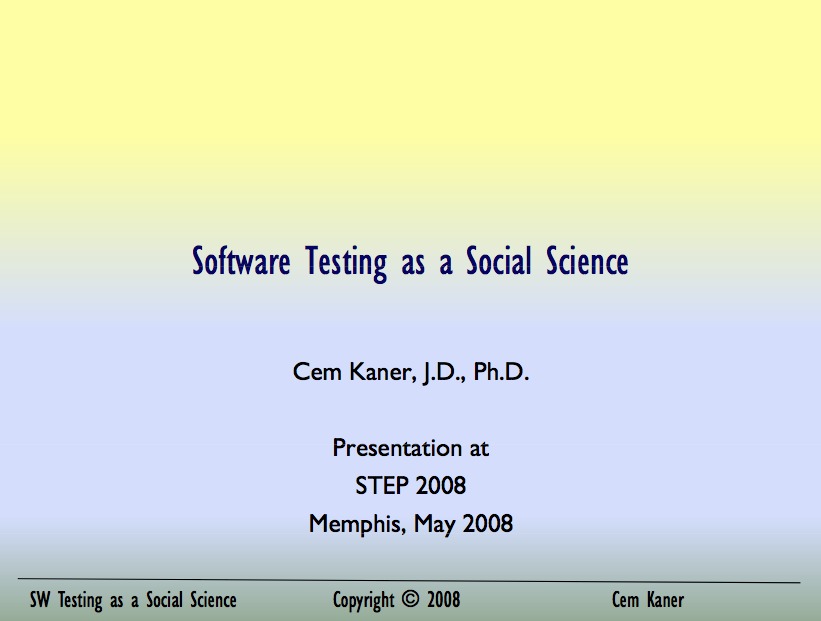 Cem Kaner did a talk titled “Testing as a social science first” time in 2006 (slides are here). I haven’t had the pleasure to see the talk myself but the slides drew my interest. Cem made me aware that to test effectively, our theories of error have to be theories about the mistakes people make and when and why they make them. We design and run tests in order to gain useful information about the product’s quality.
Cem Kaner did a talk titled “Testing as a social science first” time in 2006 (slides are here). I haven’t had the pleasure to see the talk myself but the slides drew my interest. Cem made me aware that to test effectively, our theories of error have to be theories about the mistakes people make and when and why they make them. We design and run tests in order to gain useful information about the product’s quality.
Testing is always a search for information. Cem talks about measurement and metrics and the dangers of using metrics wrongly to measure test completeness (new updated article on this can be found here). He argues that bad models are counter productive. Cem also touched the topic of inattentional blindness in which humans often don’t see what they don’t pay attention to. He reminded us that programs never see what they haven’t been told to pay attention to. This is especially valuable when thinking about test automation. When testing we can’t pay attention to all the conditions. The systems under test are simply to complex and there are to many factors that are variable (and uncontrollable). He concludes that thinking in terms of human issues leads us into interesting questions:
- What tests we are running and why?
- What risks are we anticipating and how?
- Why are these risks important?
- What we can do to help our clients gather the information they need?
At EuroStar 2012 in Amsterdam I track chaired two excellent talks, which inspired me to study the subject of social science and qualitative research more.
Curing Our Binary Disease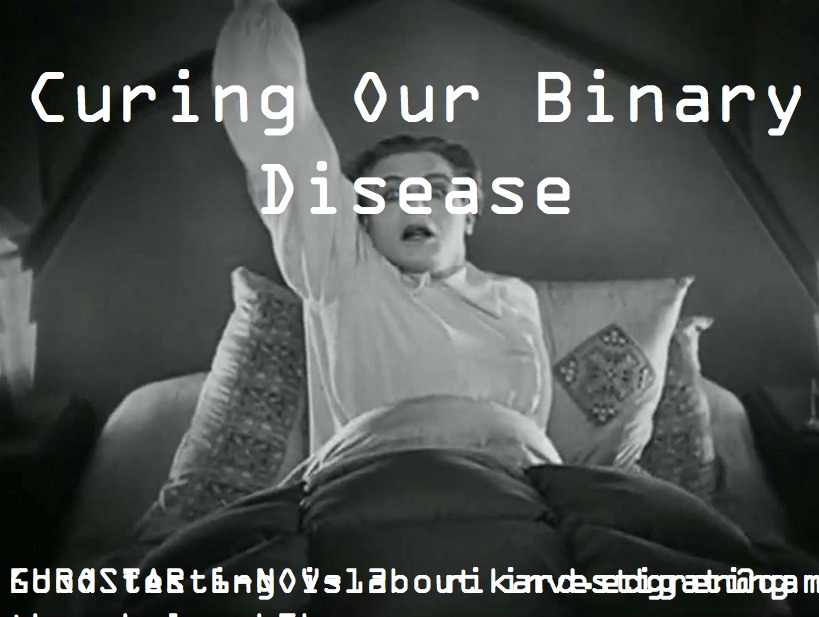 Rikard Edgren talked about the getting cured from the Binary Disease (slides are here, video is here). The binary disease is when testers don’t provide useful information, because they aren’t allowed by (project) managers. They demand counting passes & fails and insist everything must be verifiable. The binary disease limits our thinking. Testers are addicted to counting passes and fails and don‘t communicate what is most important. When addicted there is no attention to serendipity moments. A model can help testers find important things, but a percentage number might not include things that are important. Therefore a coverage model is useful to get ideas but is not useful as a metric of completion. In his talk he introduces the testing potato to show that there are more things important besides written requirements. More about the potato can be found in his fabulous must read free eBook “The Little Black Book on Test Design”.
Rikard Edgren talked about the getting cured from the Binary Disease (slides are here, video is here). The binary disease is when testers don’t provide useful information, because they aren’t allowed by (project) managers. They demand counting passes & fails and insist everything must be verifiable. The binary disease limits our thinking. Testers are addicted to counting passes and fails and don‘t communicate what is most important. When addicted there is no attention to serendipity moments. A model can help testers find important things, but a percentage number might not include things that are important. Therefore a coverage model is useful to get ideas but is not useful as a metric of completion. In his talk he introduces the testing potato to show that there are more things important besides written requirements. More about the potato can be found in his fabulous must read free eBook “The Little Black Book on Test Design”.
Testing Through The Qualitative Lens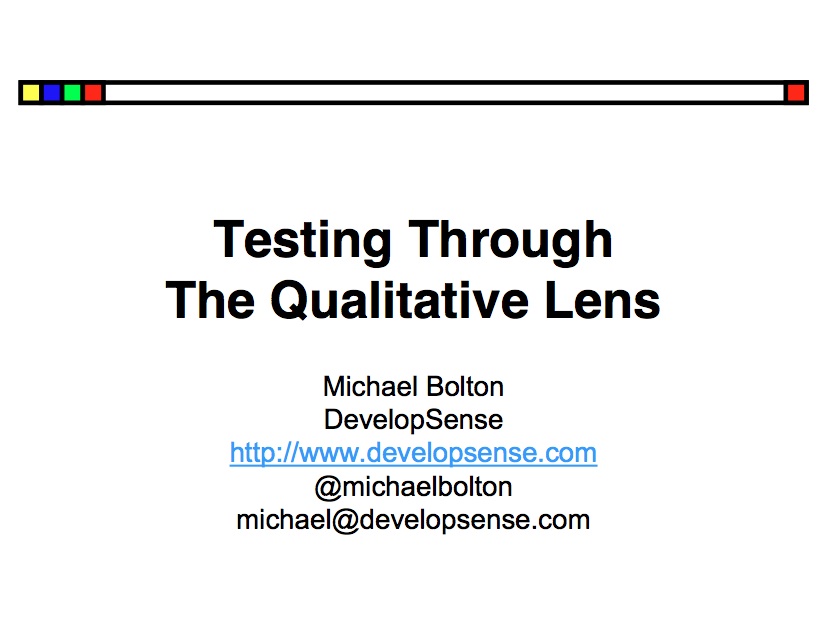 Michael Bolton’s (slides of the StarEast version are here) talk elaborated differences between physical and social sciences. In physics, humans are ideally irrelevant and mostly get in the way of the experiment. Use quantitative and qualitative research methods and accept high tolerance for ambiguity, context-specific results and be aware of biases while doing research. We should value “partial answers that might be useful”. You do qualitative research when you want to understand something. You do quantitative research to inform that understanding. Quantitative research put human values first; use participant observation and practice storytelling and narration. Software testing is the investigation of systems composed of people, computer programs, products, and the relationships between them. Excellent testing is more like anthropology: interdisciplinary, systems-focused, investigative, and uses storytelling.
Michael Bolton’s (slides of the StarEast version are here) talk elaborated differences between physical and social sciences. In physics, humans are ideally irrelevant and mostly get in the way of the experiment. Use quantitative and qualitative research methods and accept high tolerance for ambiguity, context-specific results and be aware of biases while doing research. We should value “partial answers that might be useful”. You do qualitative research when you want to understand something. You do quantitative research to inform that understanding. Quantitative research put human values first; use participant observation and practice storytelling and narration. Software testing is the investigation of systems composed of people, computer programs, products, and the relationships between them. Excellent testing is more like anthropology: interdisciplinary, systems-focused, investigative, and uses storytelling.
To be continued… part 5: So what can we learn from social science?
People are predictably irrational
You think you are rational, but you are not. People fail to realize the irrationality of their actions and believe they are acting perfectly rational, possibly due to flaws in their reasoning. People’s actual interests differ from what they believe to be their interests. We have mechanisms that have evolved to give optimal behaviour in normal conditions lead to irrational behaviour in abnormal conditions. Many people put on one “mask” for one group of people and another for a different group of people. Many will become confused as to which they really are or which they wish to become (source: wikipedia). The subject of irrational behaviour is huge. I recommend you to read more about it. We can predict irrational behaviour to a degree due to lots of studies and work done in this field.
John gave me two book tips by Dan Ariel on this topic that I haven’t checked myself yet:
- Predictably Irrational: The Hidden Forces that Shape Our Decisions
- The Upside of Irrationality: The Unexpected Benefits of Defying Logic at Work and at Home
Or check this website also by Dan Ariel: Predictably Irrational – Investigating the Hidden Forces that Shape Our Decisions
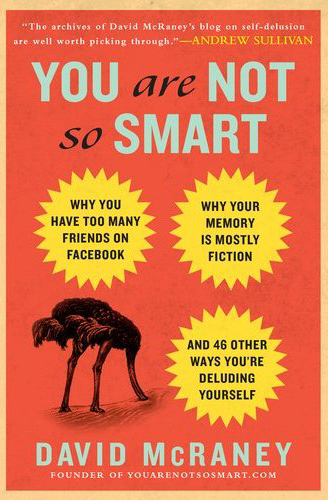
You are not so smart
A great collection of examples that show people are easily fooled can be found in the book called “You are not so smart” by David McRaney. This book is a dose of psychology research served in tasty anecdotes that will make you better understand both yourself and others. The author describes cognitive biases, logical fallacies and heuristics. For example there is the well known “confirmation bias” where you tend to look for information that confirms your beliefs and ignore the information that challenges them. Another interesting phenomenon is the availability heuristic: a mental short cut that occurs when people make judgements about the probability of events by how easy it is to think of examples. The availability heuristic operates on the notion that, “if you can think of it, it must be important.” Examples are lotteries where you only see the winners so you might think it is easy to win. Or school shootings in the USA. People believe that since Columbine there are more and more school shootings but the opposite is true! Before Columbine there where more, but we don’t know about them. After reading this book an interesting thinking exercise can be to recognize the biases and fallacies in your thinking and testing.
Thinking fast and slow
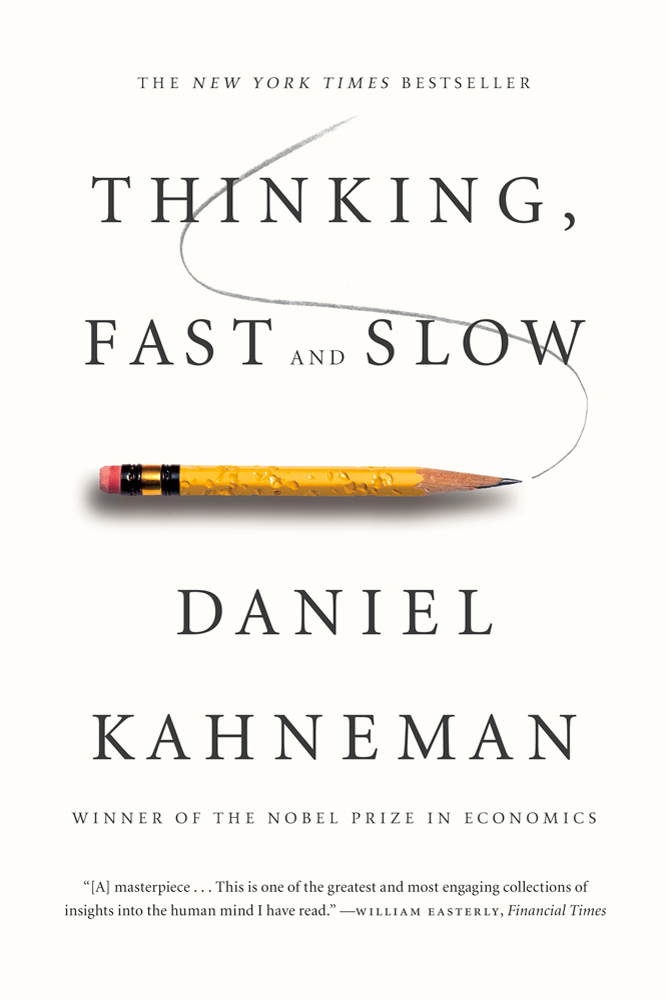 Daniel Kahneman wrote a fascinating book about how our brain works “Thinking, fast and slow” which has been a bestseller for some time now. This book changed the way I think about thinking. Although it was sometimes hard to read for my as a non native English speaker, I almost read the book in one go. The book is about two different ways our brain works: System 1 is fast, instinctive and emotional. System 2 is slower, more deliberative, and more logical. I encourage testers to read the book and watch this video. In the video the author explains the main points from his book. You also might want to have a look at this shorter video where the same stuff is made more visual. The book will help you understand how your brain works and it will also make you aware how people make judgements and come to conclusions. Read what software tester Andy Patterson writes about on his thoughts of the book here.
Daniel Kahneman wrote a fascinating book about how our brain works “Thinking, fast and slow” which has been a bestseller for some time now. This book changed the way I think about thinking. Although it was sometimes hard to read for my as a non native English speaker, I almost read the book in one go. The book is about two different ways our brain works: System 1 is fast, instinctive and emotional. System 2 is slower, more deliberative, and more logical. I encourage testers to read the book and watch this video. In the video the author explains the main points from his book. You also might want to have a look at this shorter video where the same stuff is made more visual. The book will help you understand how your brain works and it will also make you aware how people make judgements and come to conclusions. Read what software tester Andy Patterson writes about on his thoughts of the book here.
There is a great video with Daniel Kahneman and Nassim Taleb (The Black Swan) in which they talk at the New York Public library about how individuals and humans make decisions – a fascinating video to watch – details and access to video can be found here.
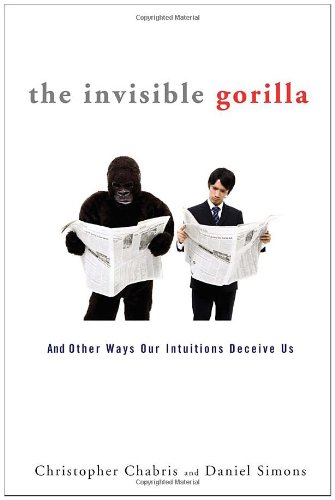 Dancing gorillas
Dancing gorillas
An interesting source the read to learn more about inattentional blindness and other illusions of memory and knowledge is the book “the invisible Gorilla” by Christopher Chabris and Daniel Simons. It makes you aware of how you can be fooled by your illusions and perception. More reading on gorillas and inattentional blindness is this article. Alan Page loves the gorilla! Especially the video. Check what he has to say about the gorilla here.
To be continued… part 4: social science
Testers need to do a lot of thinking. To me testing is an investigation, gathering and providing information about things that are important. I like the definition by Jerry Weinberg: “testing is gathering information with the intention of informing a decision”. Rikard Edgren recently wrote an excellent “open letter” to define testing. Testing is much more than finding bugs or checking if requirements are met.
Systems thinking
We should not only investigate the “system under test” but also take related products in mind. What about the people using all these products or the organisations and processes in which the products are used? Testers should know more about systems thinking: the process of understanding how things, regarded as systems, influence one another within a whole (source: wikipedia).
A system is not just a collection of things. A system is an interconnected set of elements that is coherently organized in a way that achieves something. It must consist of three things; elements, interconnection and a function or purpose (source: “thinking in systems: a primer – Donnella Meadows”). If you want to learn more about systems thinking, you might want to watch this youtube movie by Russel Ackhoff and read this post by Aleksis Tulonen about what you can learn form Ackhoff.
In one of my projects my client was moving a hospital from several old locations to a huge new building. It was logical that the location codes changed since it was a new building with a very different layout. But initially they forgot to oversee that this location code was actually used as department code in several information systems. And these systems used the codes to book costs (finance), plan staff (HR) and distribution of food and medicine (logistics). Moving to the new building without overseeing the full impact would have paralysed the whole information landscape. Defining a temporary coding and making minor changes to several systems solved the problem.
Critical thinking
Testing can be seen as a form of research: investigating the system and finding information about it. In research critical thinking is important. Collecting, analysing and interpreting information requires critical thinking skills. Critical thinking to me is about thinking (critically) about your own personal thinking. Framing your own assumptions and using this to try to remove bias and hopefully clarifying your thoughts with reasoning.
In this video James Bach helps to gain quick understanding of critical thinking by asking three simple questions:
- Huh? What does this mean? What is the point?
- Really? Are you absolutely certain? How can I know?
- So? Where does this lead? So what?
These questions are very helpful for understanding and to think critical about anything. This picture (click to enlarge) is taken from the book “Critical Thinking: a user’s manual” by Debra Jackson and Paul Newberry. This book is a helpful source to learn about critical thinking.
Rule of Three
“If I can’t think of at least three different interpretations of what
I received, I haven’t thought enough about what it might mean.”
(Jerry Weinberg)
Creative thinking
At EuroStar in Amsterdam I met John Stevenson who has an excellent blog with the intriguing title: “The expected result was 42. Now what was the test?”. We talked about what testing can learn from social sciences and early this year we had some fantastic conversations via skype. John pointed me to some very interesting readings about qualitative research: “Qualitative Data Analysis: a user-friendly guide for social scientists“ by Ian Dey. On his blog he wrote some very interesting posts related to testing and social science you might want to read:
- Are testers ethnographic researchers?
- What You Believe Might Not Be True (Part 1)
- Danger: confirmation bias
John is currently writing an awesome series of articles about creative and critical thinking. Part 1 of “Creative and Critical Thinking and Testing” can be found here. From there you can find the other parts about the different styles of thinking.
So why is this important?
Systems thinking reminds us to look at the big picture and see systems as a whole. What is the purpose of the organisation we work for? And is the project we are doing contributing to that? Creative thinking helps us to solve problems in a creative way or come up with more things to test and how to do it effectively. Critical thinking helps you to really understand what you are doing. Like in research we have to process large amounts of data and make sense of it. But we also have to recognize, analyse and evaluate (see critical thinking diagram above) information, arguments and problems.
Thinking is an under appreciated subject. Thinking is very important for testers and we should learn from science: doing research, learn to design and perform experiments, collect, organize and analyse data and use the results to decide on the next steps in our work. Critical thinking helps us ask better questions in our projects and identify problems faster. It also helps avoid traps: biases and assumptions. More about that in my next post.
To be continued… part 3: irrationality and biases
Last February and March I have had the privilege to talk at Belgium Testing Days in Brussel and TestBash in Brighton about what testing can learn from social science. In a series of daily blog posts I am going to write about this subject: why I choose this topic, what sources I studied and finally how I have applied this stuff to my work.
Rapid Software Testing
In the Rapid Software Testing Class I took in 2011 Michael Bolton talked about being empirical and a critical thinker as a tester. About collecting data from experiments using a heuristic and exploratory approach. About reporting by telling stories in testing instead of only reporting figures and numbers. Testing is about providing valuable information to inform management decisions. This awesome class empowered me to connect the dots of stuff I had been thinking about for years. It also pointed me towards a lot of books and information “outside” the IT and testing domain. It also triggered me to learn more about social science.
Test reports
Do you recognize test reports like this? (click the report the enlarge).
I used to write test reports like that. I was counting test cases and issues and advising my clients to take applications in production. But what do these numbers tell us? What if we didn’t test the most important functionality is the software? Numbers don’t mean anything without context!
Another example was an assignment I did at a telecom company years ago. Testing was estimated by numbers of test cases. We have 8 weeks to test so we can do 800 test cases, was a normal way to plan and estimate testing. Somewhere along the project my project manager told me his budget had been cut 10%. He asked me to drop 80 test cases from our 800 test cases scope. What was he thinking? As if all test cases take equally long to create, execute and report?
Exact or social science?
Testing and informatics (the science of information) are often seen as exact or physical science. People perceive that computers always do exactly the same. This gets reflected in the way they think about testing: a bunch of repeatable steps to see if the program is working and the requirements are met, but is that really what testing is all about? I like to think of testing more as a social science. Testing is not only about technical computer stuff, it is also about human aspects and social interaction.
Traditionally the focus in testing is on technical and analytical skills, however testing requires a lot more! Testing is also about communication, human behaviour, collaboration, culture, social interaction and (critical, creative and systems) thinking. The seven basic principles of the Context-Driven School tell us that people, working together, are the most important part of any project’s context. That good software testing is a challenging intellectual process and only through judgement and skill, exercised cooperatively throughout the entire project, are we able to do the right things at the right times to effectively test our products.
Quality
Can we measure the quality of software? And can we do that objectively? When I ask people about quality they often refer to requirements. “Quality is compliance to functional and non-functional requirements”. In my experience I have never seen a document that contained all requirements for a software product. We can argue that requirement engineers have to do a better job. Are they doing a bad job? Can we solve the problem by writing better requirements? When discussing quality I like to use coffee as example. I like strong, black coffee without any sugar or milk. But what if you do not like coffee? For somebody who doesn’t drink coffee, my cup of coffee has no value at all. But is still the same cup. How can that be? And how about the taste? Why does coffee from an average office machine doesn’t taste very well while it meets the “requirements” I just mentioned. And what if I change my mind? Not so long ago I drank lots of cappuccino, nowadays I don’t like that any more. That is why I like the definition by Jerry Weinberg and the additions made by James Bach and Michael Bolton.
Quality is value to some person (Jerry Weinberg)
Quality is value to some person who matters (James Bach)
Quality is value to some person at some time (Michael Bolton)
I began to believe that there is much more to quality than requirements alone. I also believe that software quality is very subjective and will change over time. To better understand the subjective, human aspects of software quality I started to study social science in general and our thinking and qualitative research in particular.
Qualitative and quantitative research
Quantitative research is about quantities and numbers. The results are based on numeric analysis and statistics. There is nothing wrong with numbers, but we need to understand the story behind these numbers! Like the test report example: what is the story behind these numbers? What did we test? And how good was our testing? That is where the qualitative aspects come in. Qualitative research is focused on differences in quality and is usually for more exploratory purposes. It is more open to different interpretations. Qualitative research accepts and deals with ambiguity, situational specific results and partial answers. When doing this, testers may be more prone to bias and personal subjectivity.
To be continued… In part 2 I will discuss critical and systems thinking.

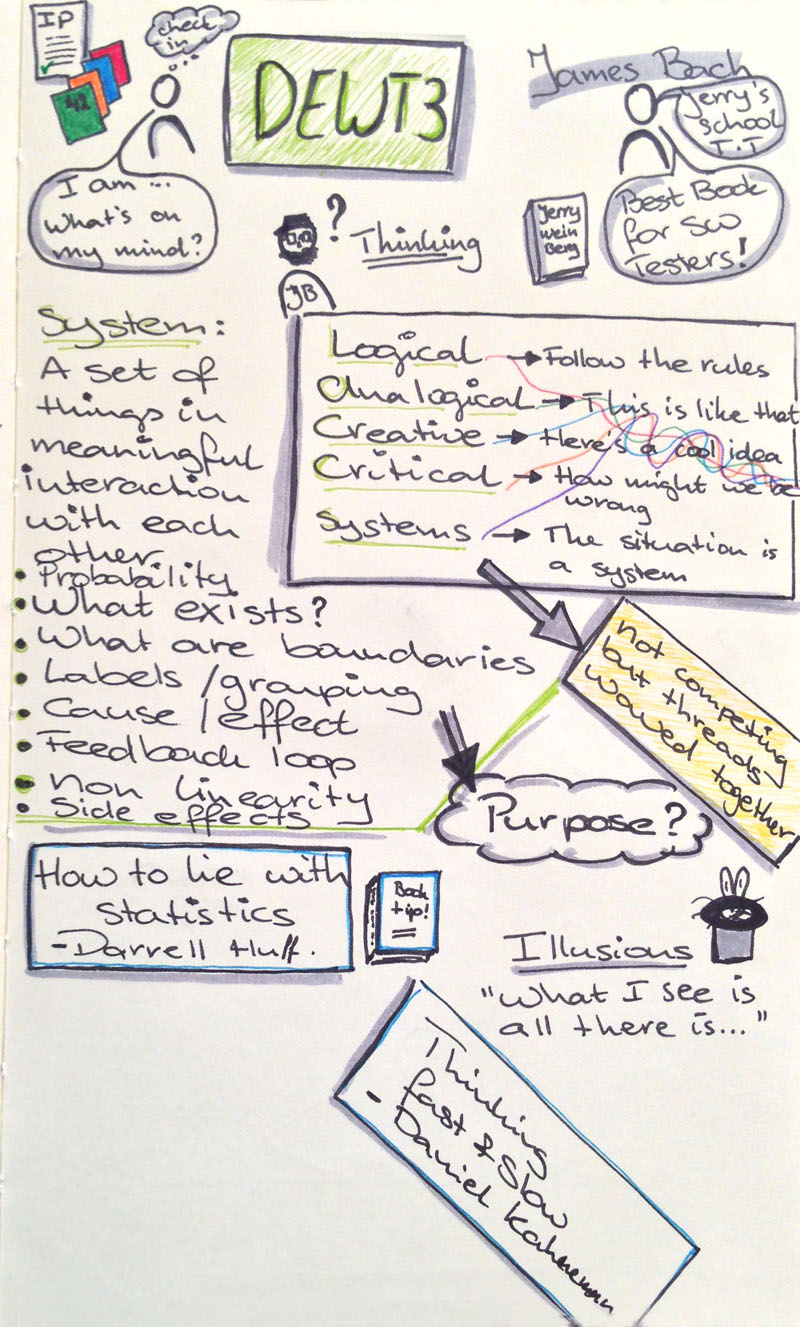
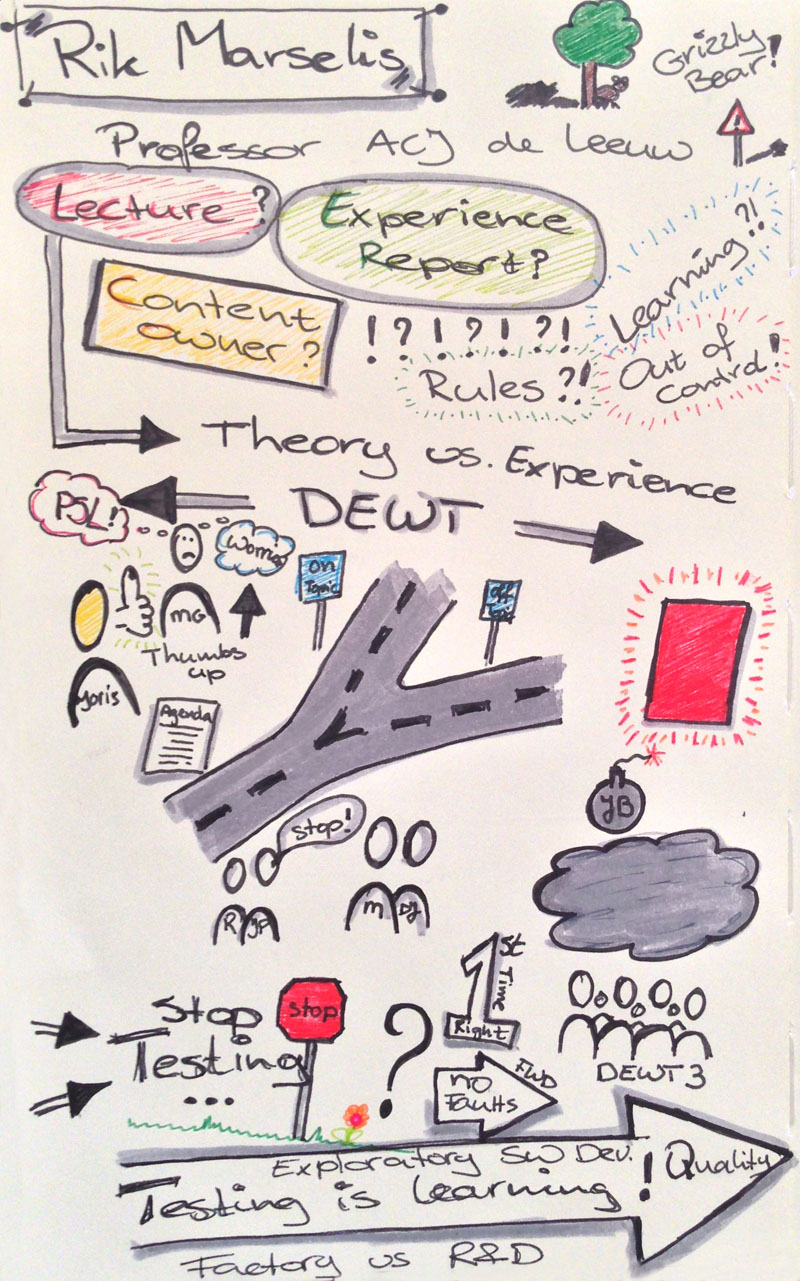
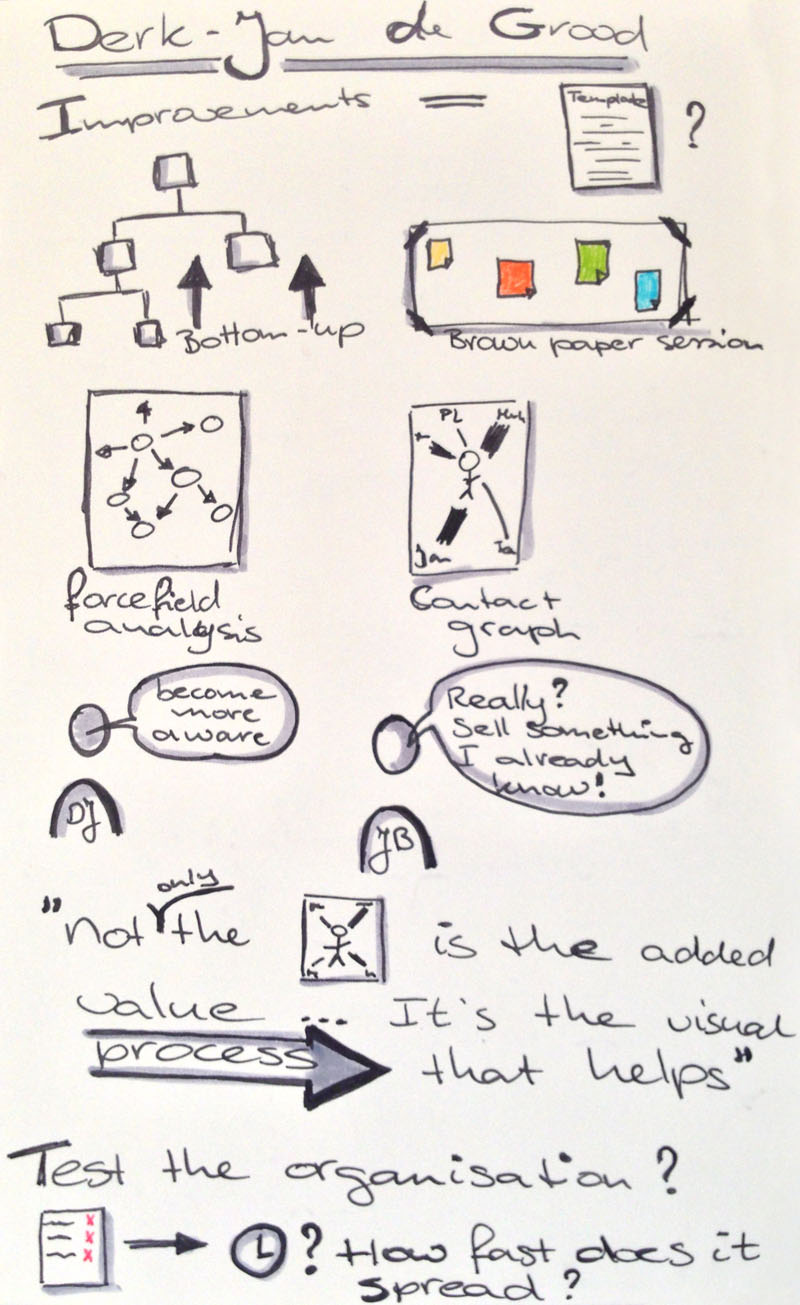
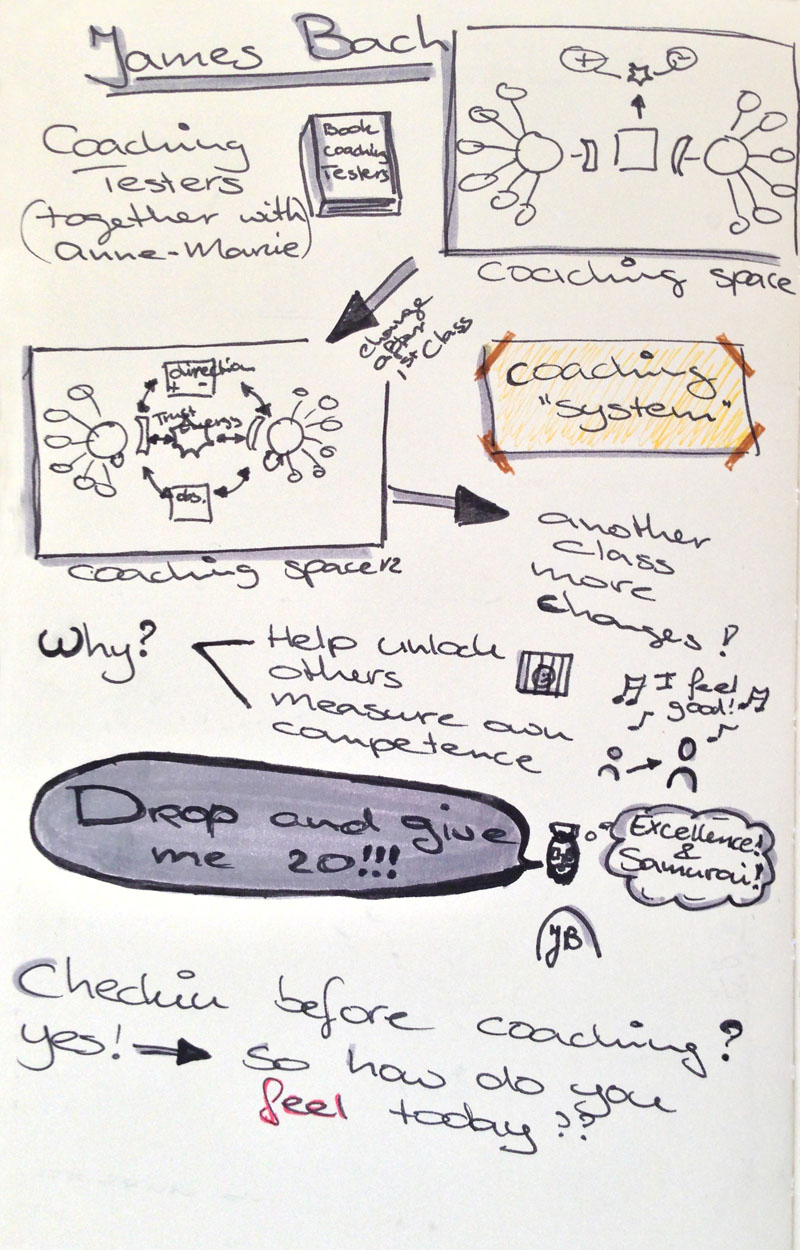
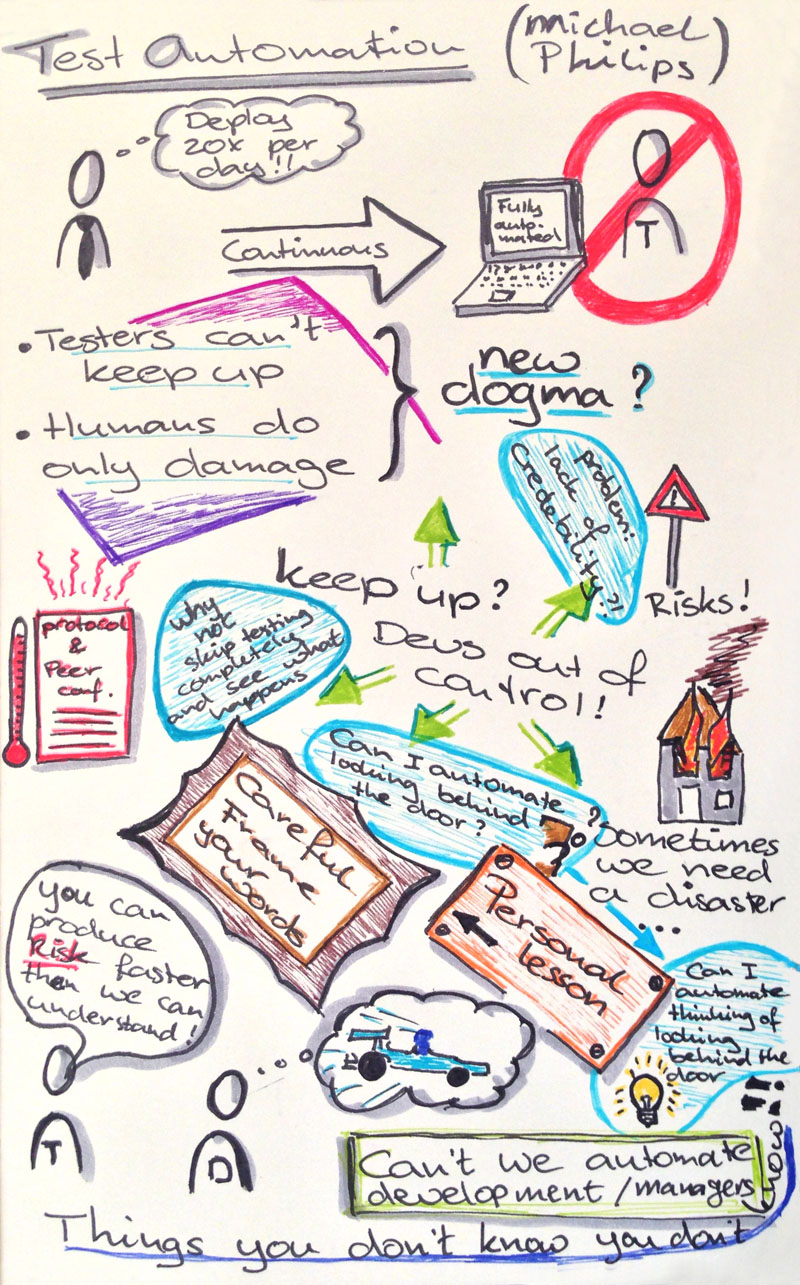
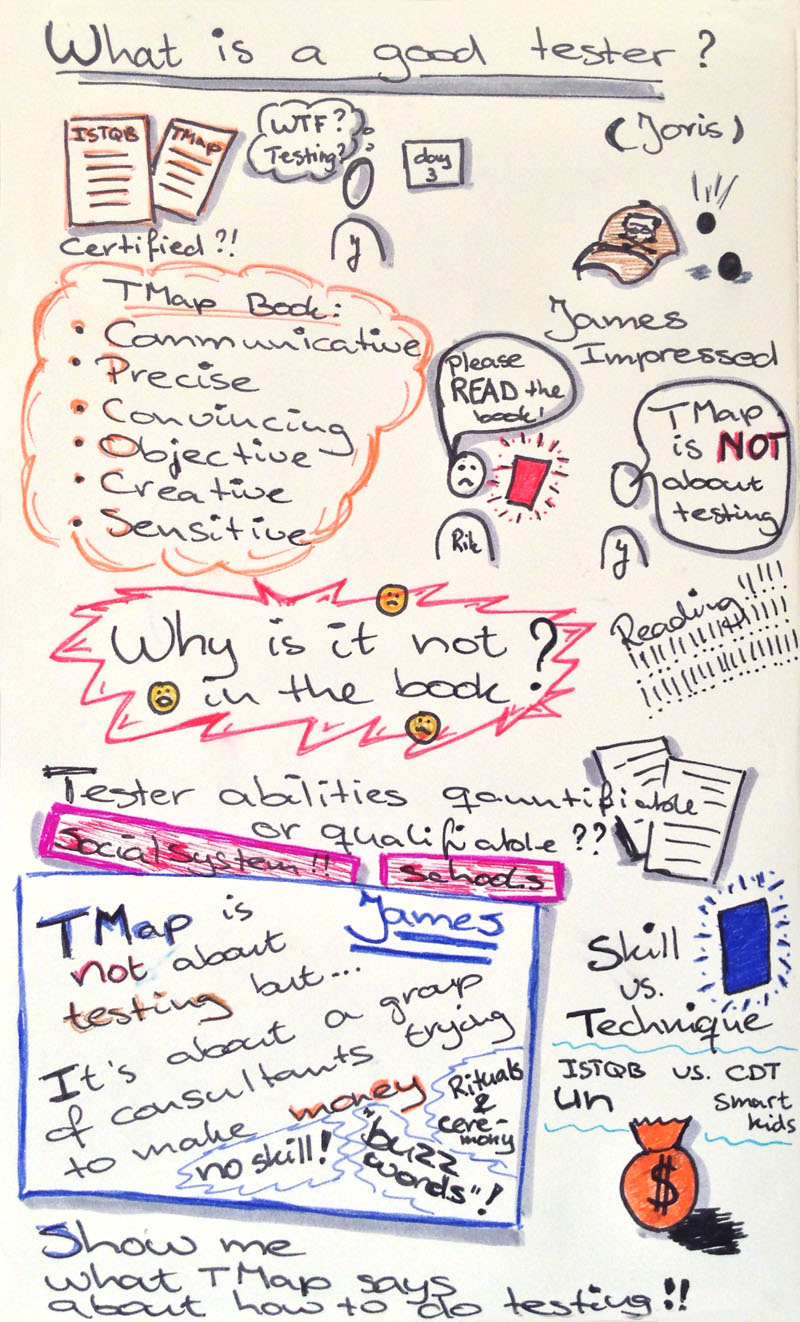
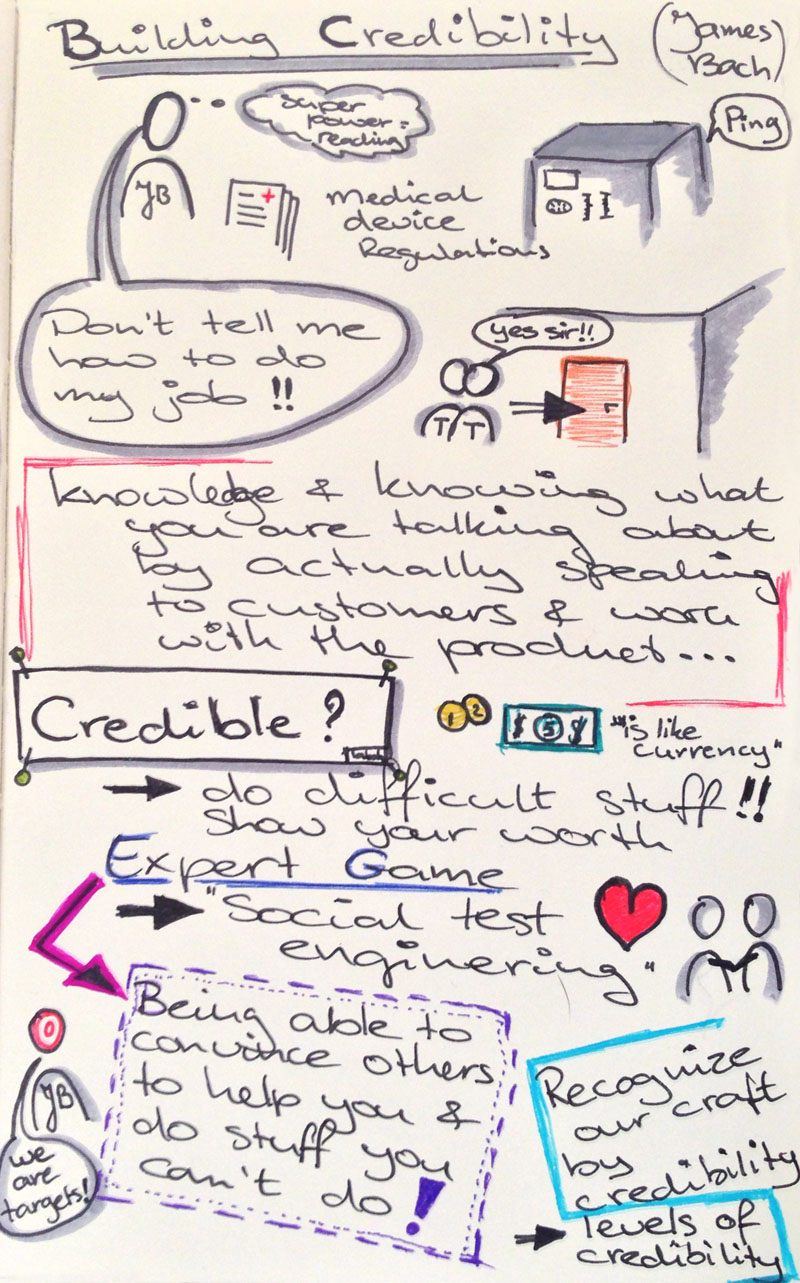

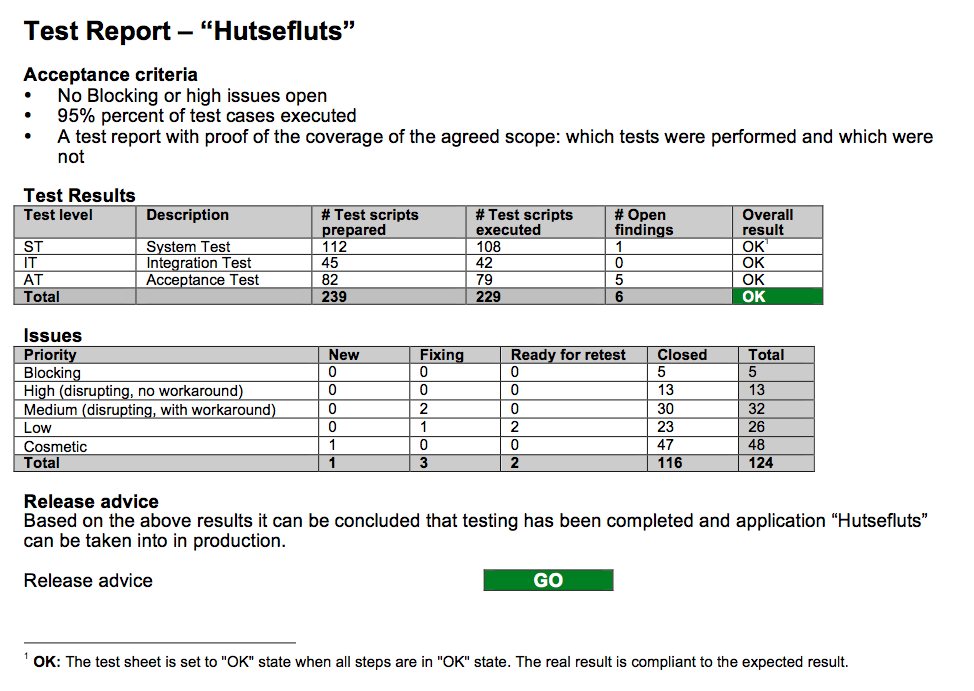


Recent Comments